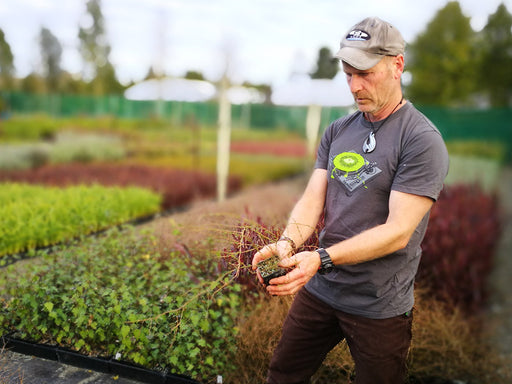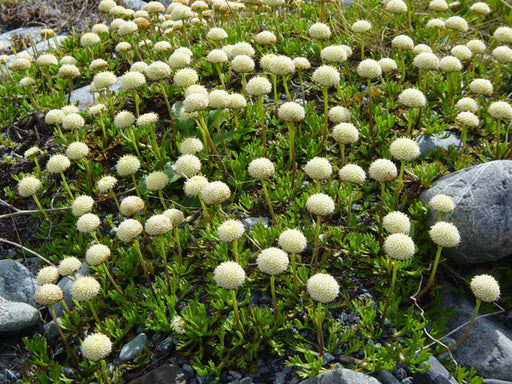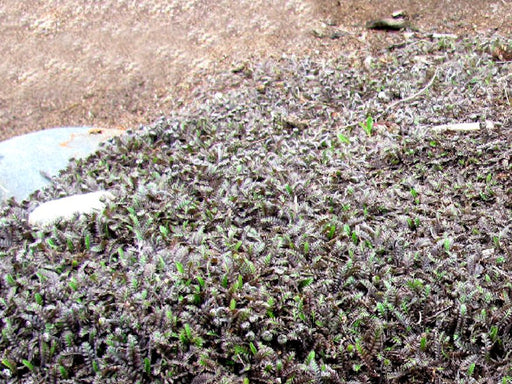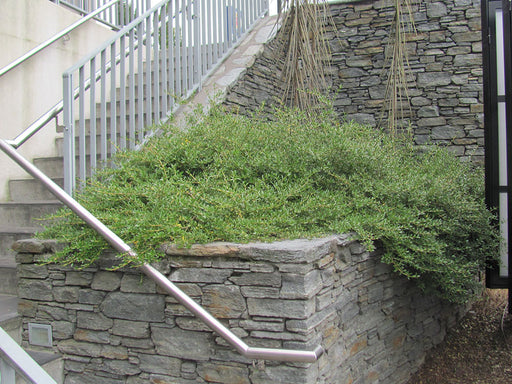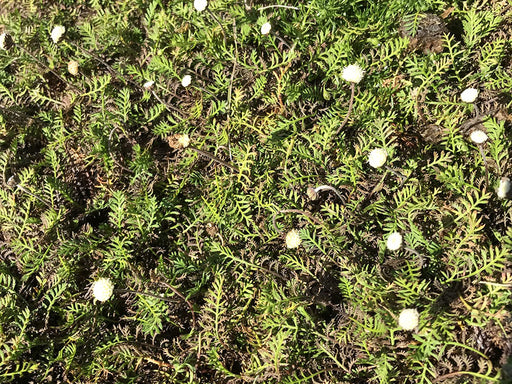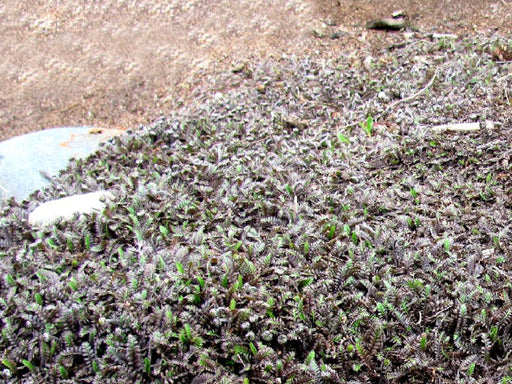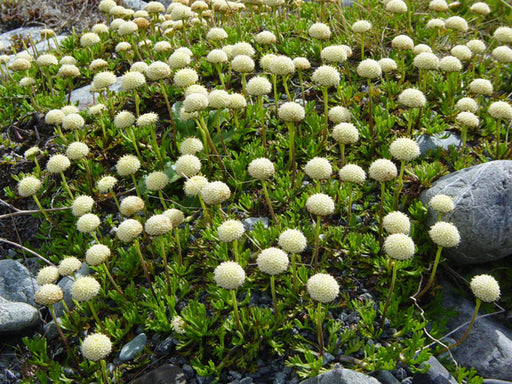Groundcovers
Cover bare soil, suppress weeds, and add natural beauty with tough, low-growing native groundcovers. Perfect for banks, borders, underplanting, or filling tricky spaces where nothing else seems to thrive. These hardy natives help lock in moisture, reduce maintenance, and blend beautifully into any NZ landscape.
Explore our range of spreading shrubs, low flaxes, coprosmas, and more—grown to thrive from coastlines to cold zones.
Filters
100x Leptinella pyrethrifolia - $3.99 each
Leptinella pyrethrifolia Common Names: Button Fern, Pyrethrum LeptinellaFamily: AsteraceaeOrigin: New ZealandPlant Type: Evergreen Groundcover Ov...
View full details100x No mow lawn - $3.99 each
Leptinella Dioica- A hardy vigourous ground cover with beautiful lush fresh green fern like foliage and low creeping habit. Tolerant of a wide rang...
View full details1x Sand Coprosma - $8.99 each
Coprosma acerosa (Sand Coprosma) Common Names: Sand coprosma, Creeping coprosma, Taupata (prostrate form) Family: Rubiaceae Origin: New Zealand ...
View full details25x Leptinella pyrethrifolia - $4.99 each
Leptinella pyrethrifolia Common Names: Button Fern, Pyrethrum LeptinellaFamily: AsteraceaeOrigin: New ZealandPlant Type: Evergreen Groundcover Ov...
View full details25x No Mow Lawn - $4.99 each
Leptinella squalida Common Names: Brass Buttons, Buttonweed Family: Asteraceae Origin: New Zealand Plant Type: Evergreen Groundcover Overview Le...
View full details25x No mow lawn - $4.99 each
Leptinella Dioica- A hardy vigourous ground cover with beautiful lush fresh green fern like foliage and low creeping habit. Tolerant of a wide rang...
View full details5x Leptinella pyrethrifolia - $5.99 each
Leptinella pyrethrifolia Common Names: Button Fern, Pyrethrum LeptinellaFamily: AsteraceaeOrigin: New ZealandPlant Type: Evergreen Groundcover Ov...
View full details5x No Mow Lawn - $5.99 each
Leptinella squalida Common Names: Brass Buttons, Buttonweed Family: Asteraceae Origin: New Zealand Plant Type: Evergreen Groundcover Overview Le...
View full details5x No mow lawn - $5.99 each
Leptinella Dioica- A hardy vigourous ground cover with beautiful lush fresh green fern like foliage and low creeping habit. Tolerant of a wide rang...
View full details5x No mow lawn - $7.99 each
Leptinella ‘Platt’s Black’ (Leptinella squalida ‘Platt’s Black’) Common Names: Platt’s Black LeptinellaFamily: AsteraceaeOrigin: Cultivar of New ...
View full detailsCoprosma Brunnea
Coprosma brunnea (Coprosma brunnea) Common Names: Leafy Coprosma, Mountain Coprosma Family: Rubiaceae Origin: Endemic to New Zealand Plant Type: ...
View full detailsCoprosma Kirkii
Coprosma kirkii Common Names: Kirks Coprosma, Groundcover Coprosma Family: Rubiaceae Origin: New Zealand Plant Type: Evergreen Shrub / Groundcover...
View full detailsCoprosma Taiko
Coprosma 'Taiko' (Coprosma repens) Common Names: Mirror Plant, Taiko Coprosma Family: Rubiaceae Origin: New Zealand Plant Type: Evergreen Shrub ...
View full detailsLeptinella dioica
Leptinella Dioica - A hardy vigourous ground cover with beautiful lush fresh green fern like foliage and low creeping habit. Tolerant of a wide ran...
View full detailsLeptinella Minor
Leptinella minor (Leptinella minor) Common Names: Button Carpet, Cotula, Brass Buttons (minor form) Family: Asteraceae Origin: Native to New Zeal...
View full detailsLeptinella Platts Black
Leptinella ‘Platt’s Black’ (Leptinella squalida ‘Platt’s Black’) Common Names: Platt’s Black Leptinella Family: Asteraceae Origin: Cultivar of Ne...
View full detailsLeptinella pyrethrifolia
Leptinella pyrethrifolia Common Names: Button Fern, Pyrethrum Leptinella Family: Asteraceae Origin: New Zealand Plant Type: Evergreen Groundcover ...
View full detailsLeptinella Squalida x 1
Leptinella squalida Common Names: Brass Buttons, Buttonweed Family: Asteraceae Origin: New Zealand Plant Type: Evergreen Groundcover Overview Le...
View full detailsScleranthus Biflorus
Scleranthus biflorus Common Names: Cushion Plant, Knawel Mat Family: Caryophyllaceae Origin: New Zealand Plant Type: Evergreen Groundcover Overvi...
View full details


